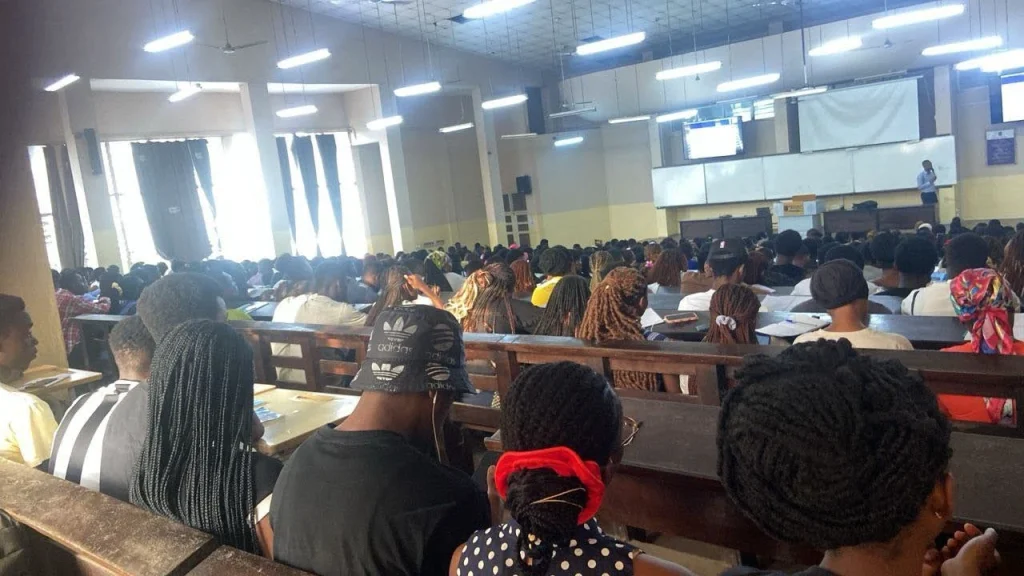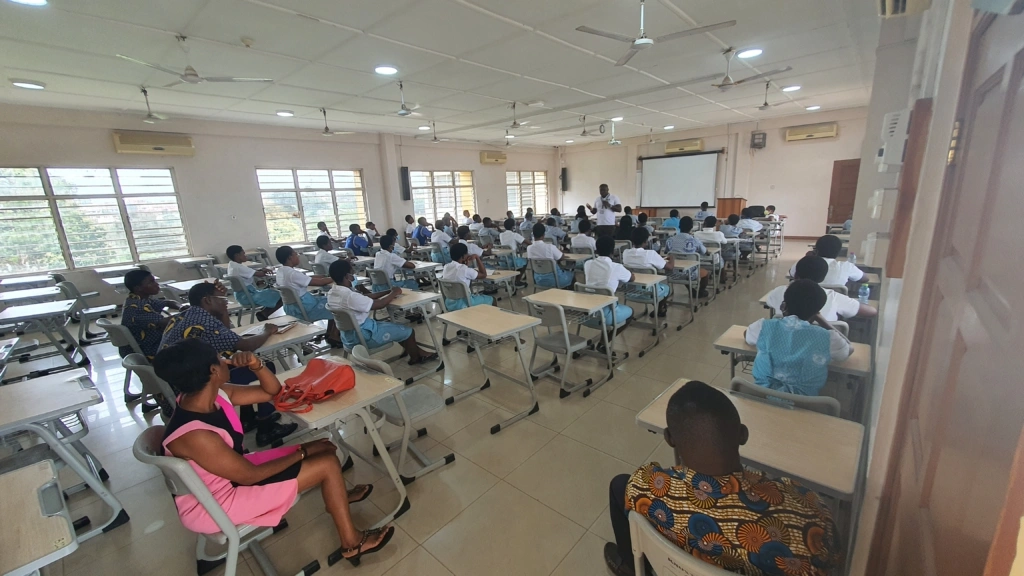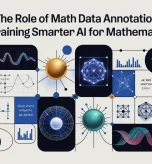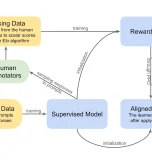
Higher education is fundamental to a nation’s progress, providing young people with the knowledge and skills needed for both employment and broader societal growth. In Ghana, as in many countries, tertiary institutions strive to meet rapidly rising demand, but they face a series of difficult challenges. Overcrowded lecture halls, stretched resources, and the struggle to provide meaningful, timely feedback to hundreds of students have all placed an immense burden on lecturers. While these problems are pressing in Ghana, they are echoed in many developing and even developed countries. Thankfully, recent advancements in artificial intelligence (AI) offer new hope and practical assistance for educators.
The Challenges Facing Lecturers in Tertiary Education
Ghana’s universities, polytechnics, and colleges have experienced a significant increase in student enrollment over the years. Although this reflects a positive thirst for education, it has ironically created some of the most daunting hurdles for lecturers.
1. Large class sizes
Large class sizes have become commonplace, with some lecturers tasked with teaching hundreds of students at once. This means personal attention is almost impossible, and addressing the individual learning needs of students is a real struggle. The result is often impersonal learning experiences, and students who need extra help may slip through the cracks.
2. Limited resources.
Resources are another major constraint. Many tertiary institutions operate under tight budgets, resulting in shortages of teaching materials, limited access to laboratories and digital tools, and sometimes poorly maintained classrooms. The lecturer-to-student ratio continues to widen, making it even more difficult to provide effective instruction and mentorship.
3. Struggles with Feedback and Assessments
Perhaps one of the most exhausting responsibilities for lecturers is the amount of time and energy required to give quality feedback on assignments and exams. In smaller classes, this is demanding enough. When the class size balloons into the hundreds, the challenges become almost insurmountable. Delays in marking and returning assignments, coupled with generic rather than personalized feedback, affect students’ learning and progress.
4. Skill mismatches and industry demands
Further compounding these issues is the ever-present skills gap. Many employers in Ghana and beyond consistently point to a disconnect between what graduates can do and what the job market requires. Due to heavy workloads and limited teaching resources, lecturers often struggle to keep their content updated or respond swiftly to changes in industry demands. The result is that many graduates are not as well-prepared as they could be for the working world.
Why These Challenges Persist
Several underlying factors fuel the difficulties facing tertiary lecturers.
1. Rapid growth enrollment
Rapid enrollment growth, spurred by national demand for higher education, has simply outpaced infrastructure and staffing expansions. Most institutions continue to rely on government funding, which is not always sufficient to cover the growing needs of students, staff salaries, and investment in modern equipment.
2. Financial limitations
Staffing shortfalls further complicate matters. In an environment where more lecturers are desperately needed, institutions sometimes relax hiring standards or depend on part-time instructors, which can affect the overall quality of teaching. Moreover, those lecturers who are employed are frequently stretched thin, juggling heavy teaching loads with research obligations and administrative duties.
3. Outdated teaching methods
Traditional, lecture-based teaching methods still dominate most classrooms. While these are familiar and easy to implement, they do not always meet the needs of today’s diverse student body. Changing or updating courses to reflect technological advances or new industry trends is time-consuming and often not feasible for already overworked lecturers. The limited integration of digital tools and e-learning platforms adds an extra layer of difficulty when trying to personalize education or offer individual support.
How AI Can Make a Difference
Artificial intelligence stands out as a practical, scalable solution to many of these long-standing issues. AI’s greatest power is its versatility: it can automate repetitive tasks, offer personalized learning, and provide actionable data insights – freeing lecturers to do more of what matters.
1. Automating administrative and routine tasks
One of the immediate benefits is the potential for automating tedious administrative work. AI-powered tools can now handle routine grading of assignments and quizzes, ensuring students receive instant, consistent feedback. This drastically cuts down on lecturers’ workload, giving them more time to engage with students in meaningful ways. Managing attendance, scheduling classes, and keeping digital records can also be automated, taking even more pressure off both teaching and administrative staff.
2. Enhancing feedback and assessment
Feedback on student assignments – a major pain point for large classes – can now be enhanced by smart AI systems. These tools can quickly analyze student work, identify patterns of misunderstanding, and generate tailored feedback for each learner. Not only does this reduce turnaround time for returning grades, but it also makes the feedback more useful, helping students understand their mistakes and improve.
3. Personalized and adaptive learning
AI’s potential for personalized and adaptive learning is a game-changer, especially in massive classrooms. With adaptive learning platforms, each student’s strengths, weaknesses, and preferred learning pace can be assessed, and the materials can be automatically adjusted to ensure optimal learning for everyone. For example, lecture recordings can be transcribed and summarized by AI tools, making it easier for students to review and study according to their needs. Such innovations support advanced learners while ensuring those who struggle don’t get left behind.
4. Early identification and support for at-risk students
Importantly, AI can help identify students who may be at risk of falling through the cracks. By analyzing academic performance, attendance, and participation, AI can flag students who are struggling or disengaged, enabling early intervention. Lecturers and institutions can then step in with extra support – be it tutoring, counseling, or other resources – before students become discouraged or drop out.
5. Enriching student support
Institutions are also turning to AI-powered chatbots, which serve as round-the-clock support for students with administrative or academic questions. These virtual assistants reduce the administrative burden on lecturers and staff while ensuring students always have someone to turn to for quick help. AI can even suggest relevant courses, help with registration, and offer guidance on academic planning.
6. Supporting research and professional growth
Another area where AI provides value is in supporting lecturers’ own research and professional growth. AI tools can scan and summarize academic papers, suggest new research directions, or even assist with data analysis. This means lecturers can keep pace with the latest developments in their field despite heavy teaching or management responsibilities.
Making AI Work Locally
While some Ghanaian institutions are exploring the possibilities of AI, successful implementation requires investment and careful planning. Reliable internet, consistent electricity, and ongoing professional development are necessary foundations. Lecturers, too, need training and support so they can confidently use AI systems in the service of better teaching and learning outcomes.
Ethical guidelines are essential to ensure AI is used responsibly, respects data privacy, and maintains the human touch that’s central to education. Importantly, adopting AI is not about replacing lecturers – it is about empowering and augmenting their roles. By offloading mundane tasks, AI gives lecturers more freedom to mentor, innovate, and connect with their students.
Looking to the Future
If adopted wisely and inclusively, AI has the potential to transform tertiary education in Ghana and other similar contexts. It can boost lecturer productivity and morale, enhance student learning experiences, and help narrow the gap between graduates’ skills and industry needs. With lower dropout rates, more graduates will complete their courses ready to contribute meaningfully to society and the economy. However, achieving this vision requires commitment from government, university leadership, and technology providers alike – working together to ensure infrastructure, policy, and training are in place.
In summary, while the challenges faced by lecturers are considerable, AI offers practical, accessible solutions that can revitalize tertiary education. By harnessing these new technologies, Ghana’s higher education sector can continue its proud tradition of preparing future leaders and innovators – more efficiently, more equitably, and more effectively than ever before.

Take 5 With AYA DATA
Here are five important insights from the article on how AI can help lecturers in tertiary institutions:
- AI can automate routine tasks, allowing lecturers to focus on quality teaching and mentorship.
- Personalized learning through AI helps address diverse student needs, even in large classes.
- AI-powered tools enable faster, more meaningful feedback and early support for struggling students.
- Lecturer workload can be reduced, improving well-being and boosting educational standards.
- Successful AI adoption in Ghana’s tertiary institutions requires investment in infrastructure, training, and responsible policies.
Embracing AI with Gillian Hammah
Dr. Gillian Hammah is the Chief Marketing Officer at Aya Data, a UK & Ghana-based AI consulting firm, that helps businesses seeking to leverage AI with data collection, data annotation, and building and deploying custom AI models. Connect with her at gillian@ayadata.ai or www.ayadata.ai.
Source: The Business & Financial Times






